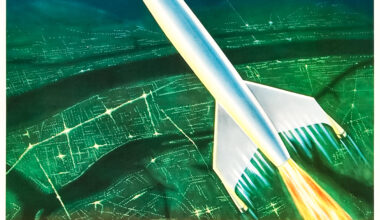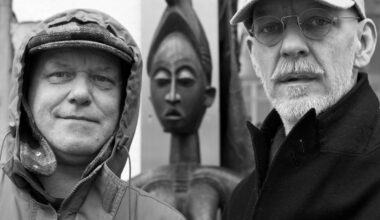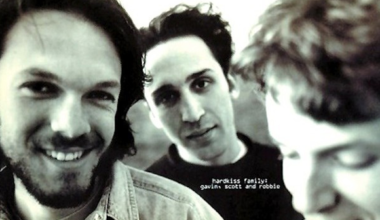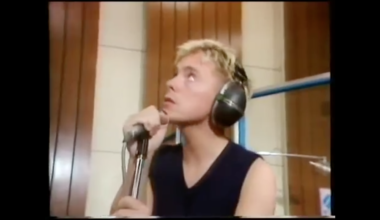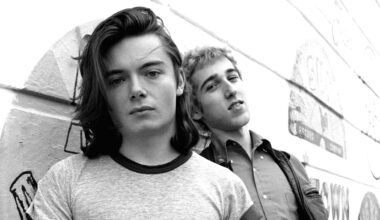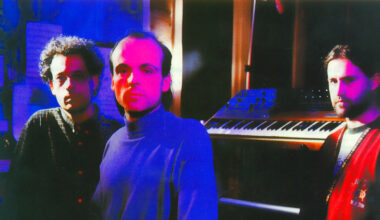DAF and Der Plan legend Kurt Dahlke – aka Pyrolator – reflects on how he ended up performing at an Argentinian “future discotheque”
Want to read more?
Sign up to Electronic Sound Premium to gain access to every post, video, special offers, and more. 100%, all you can eat, no commitment, cancel any time.
Already a premium member? Log in here
